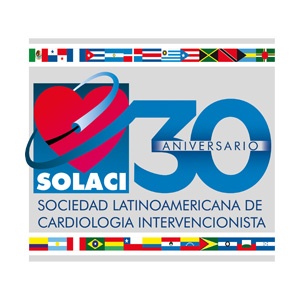Pure aortic regurgitation has historically been considered a contraindication for transcatheter aortic valve replacement (TAVR) due to the absence of calcification and subsequent device anchoring problems it poses.
Initial reports on first-generation self-expanding valves for the treatment of pure regurgitation were somewhat discouraging, but devices evolved, adding repositioning capacity, different external skirts (pericardial, PET, urethane, etc.) for improved cuff sealing, and unique anchoring mechanisms, such as the one included in the Direct Flow valve. These improvements suggested that it might be the time to make another attempt at treating pure aortic regurgitation.
Read also: “Cardiac Damage: Should we start to assess it?”
This pure aortic regurgitation multicenter registry enrolled 331 patients who underwent TAVR. Among them, 119 (36%) received first-generation devices and 212 (64%) received new-generation devices.
The Society of Thoracic Surgeons (STS) score tended to be lower in the new-generation device group (6.2 ± 6.7 vs. 7.6 ± 6.7; p = 0.08), a trend also observed in patients with stenosis. However, transfemoral access was more frequently used in the early-generation device group (87.4% vs. 60.8%; p < 0.001), which is definitely against what has been observed in patients with stenosis.
New-generation devices were associated with a higher device success rate (81.1% vs. 61.3%; p < 0.001) due to lower frequency of second valve implantation (12.7% vs. 24.4%; p = 0.007) and a lower rate of residual ≥ moderate regurgitation (4.2% vs. 18.8%; p <0.001).
Read also: “iFR in Nonculprit Lesions: Measurement Timing May Change History”.
The mortality rate for patients with residual ≥ moderate regurgitation doubled that for patients with ≤ mild regurgitation (46.1% vs. 21.8%; p = 0.001). In the multivariate analysis, ≥ moderate aortic regurgitation was a predictor for 1-year mortality, not for device type or generation used.
Conclusion
Transcatheter aortic valve replacement with new-generation devices in patients with pure regurgitation improved outcomes significantly when compared with first-generation devices.
Editorial
In pure aortic regurgitation, larger annulus size and the absence of calcium challenges prosthesis anchoring. All devices (old and new) were designed according to the anatomical characteristics of patients with stenosis, which is why neither guidelines nor manufacturers recommend them for the treatment of patients with pure regurgitation.
That notwithstanding, improvements in new devices are also useful for patients with pure regurgitation, a fact that forces the off-label indication for replacement in an increasingly larger high-risk population that demands solutions other than surgery.
Original title: Transcatheter Aortic Valve Replacement in Pure Native Aortic Valve Regurgitation.
Reference: Sung-Han Yoon et al. J Am Coll Cardiol 2017;70:2752-63.
Get the latest scientific articles on interventional cardiologySubscribe to our weekly newsletter
We are interested in your opinion. Please, leave your comments, thoughts, questions, etc., below. They will be most welcome.





